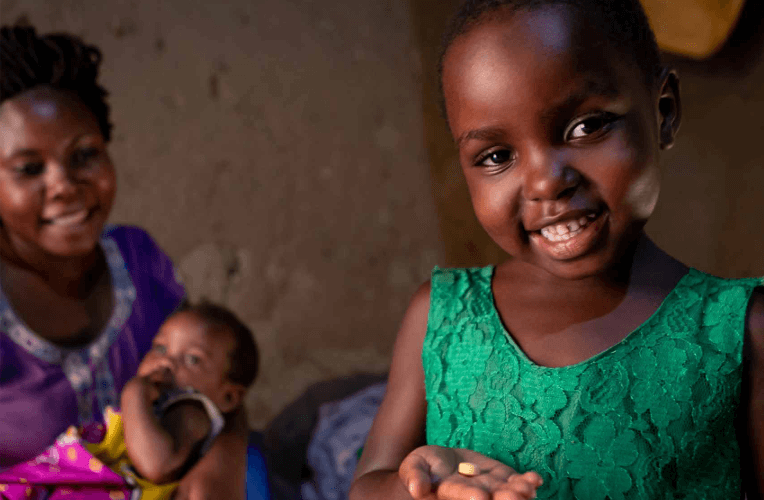 Credit: UNICEF
Credit: UNICEFThe global HIV and AIDS response has made remarkable gains towards ending AIDS as a public health threat by 2030. These gains are a testament to the power of strong political commitment, global solidarity, and partnerships rooted in community leadership and national government collaboration. Progress has also generated broader health, economic and development dividends, accelerating progress across the entire 2030 Agenda for Sustainable Development.
But these gains are fragile. In many countries, HIV remains the leading cause of death, especially among adolescent girls. Many children living with HIV still do not receive treatment. Adolescent girls face a triple threat of early pregnancy, HIV and gender-based violence. Almost one quarter of all pregnant women living with HIV who should have access to treatment are aged 15–24 years. We have not yet reached epidemic control for children and adolescents, and the inequities are stark.
This is why the Global HIV and AIDS Thematic Fund is so critical. It enables UNICEF to think big, focusing support to governments to deliver results at scale and with lasting impact. In communities where HIV continues to devastate lives, even a small, strategic investment can be catalytic in helping transform fragile gains into sustainable change.
Flexible, multi-year funding allows UNICEF to reach the most vulnerable children and communities with early diagnosis, treatment, prevention and psychosocial support – not as isolated interventions but as part of an integrated, multisectoral response that strengthens health, education and social protection systems.
Spotlight on the Global HIV and AIDS Thematic Fund 2024
Source : ReliefWeb
Related HIV and Co-Infections News
Get involved
Are you living with HIV/AIDS? Are you part of a community affected by HIV/AIDS and co-infections? Do you work or volunteer in the field? Are you motivated by our cause and interested to support our work?
Subscribe
Stay in the loop and get all the important EATG updates in your inbox with the EATG newsletter. The HIV & co-infections bulletin is your source of handpicked news from the field arriving regularly to your inbox.
